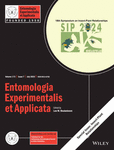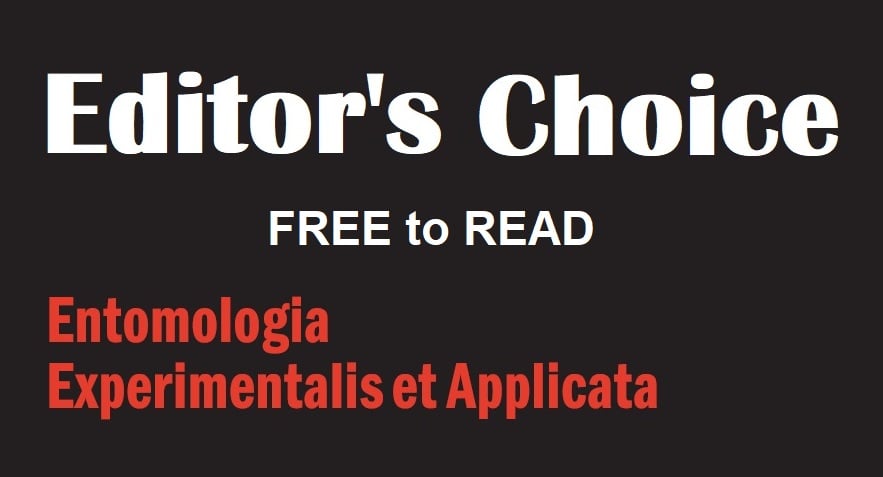Entomologia Experimentalis et Applicata
Journal list menu
Export Citations
Download PDFs
ISSUE INFORMATION
Special Issue: Insect-Plant Relationships
18TH SYMPOSIUM ON INSECT-PLANT RELATIONSHIPS
INTRODUCTION
Preface to the Proceedings of the 18th International Symposium on Insect–Plant Relationships
- Pages: 649-650
- First Published: 22 May 2025
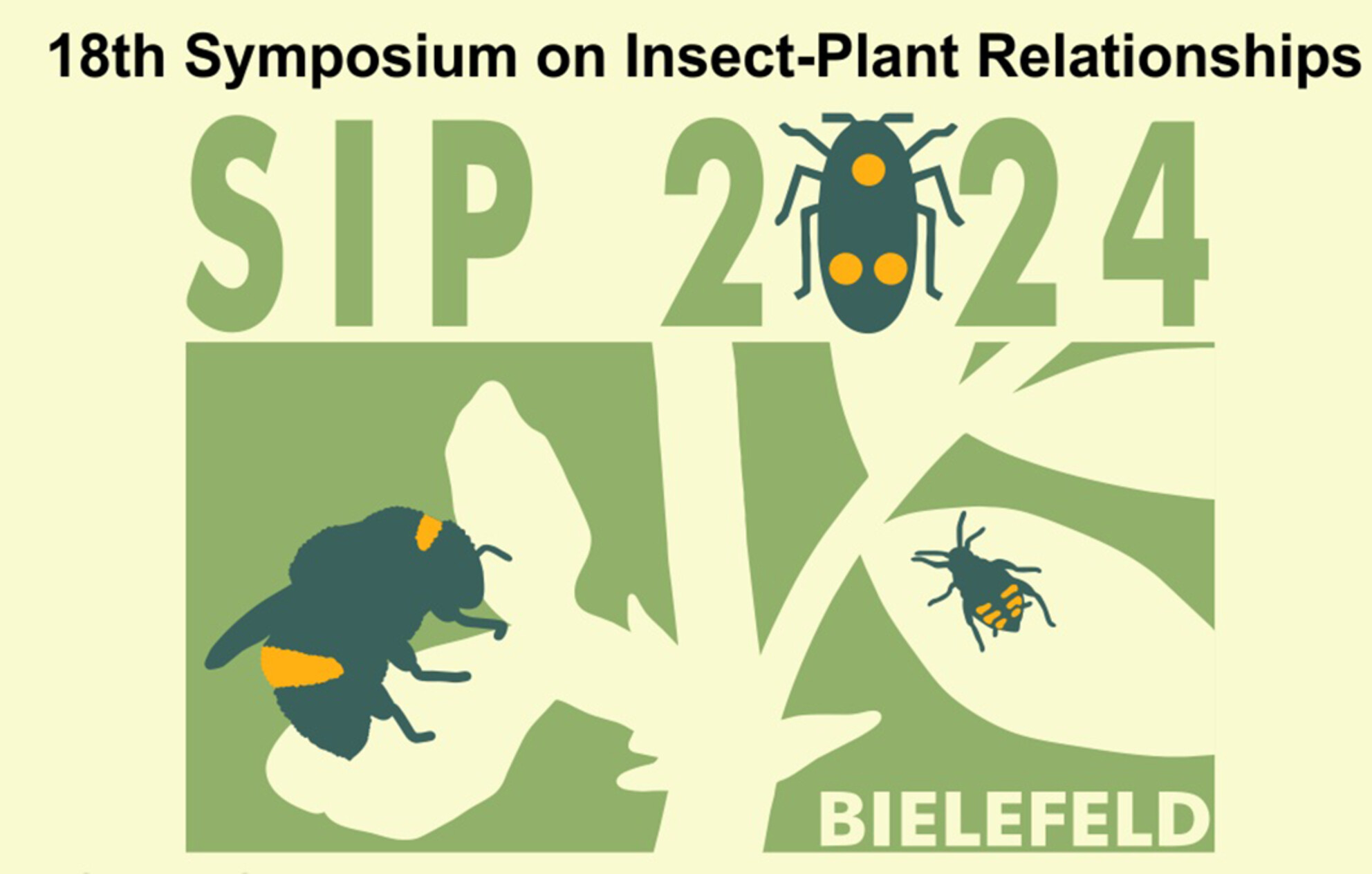
This special issue on insect–plant relationships contains the Proceedings of the 18th Symposium on Insect-Plant Relationships (SIP-18) which took place in Bielefeld, Germany, in August 2024. The conference has resulted in five contributions to the journal Entomologia Experimentalis et Applicata: two reviews—one on plant–arthropod associations in custard apples (Annonaceae) and one on ecological and evolutionary perspectives on pharmacophagy—and three original research articles. Apart from these, the special issue contains nine other articles on insect-plant relationships.
MINI REVIEW
Plant–arthropod associations in custard apples, genus Annona: A global perspective
- Pages: 651-660
- First Published: 13 May 2025
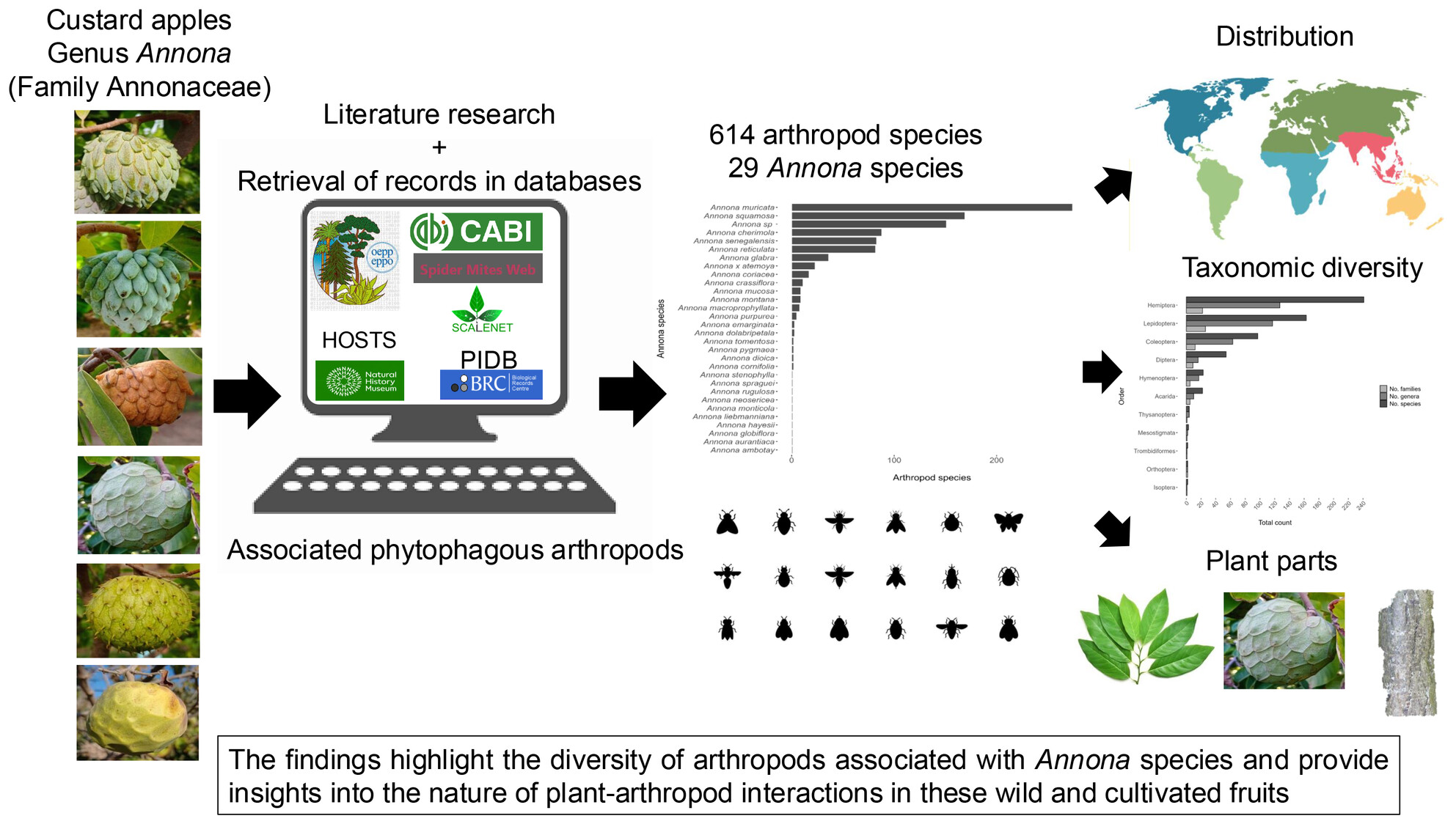
Annona species, commonly known as custard apples, engage with a wide range of arthropods, including both herbivores and pollinators, which shape their ecology. These plants produce secondary metabolites that may serve as natural defenses against pests. Given their cultivation across tropical and subtropical regions, understanding plant–arthropod interactions in this group is crucial for effective pest control and crop management. The study revealed 614 arthropod species linked to Annona, with most interactions involving A. muricata, A. squamosa, and A. cherimola, underscoring the ecological complexity and the need for sustainable pest control.
Pharmacophagy in insects: Ecological and evolutionary perspectives on the non-nutritional use of plant specialized metabolites
- Pages: 661-673
- First Published: 10 May 2025
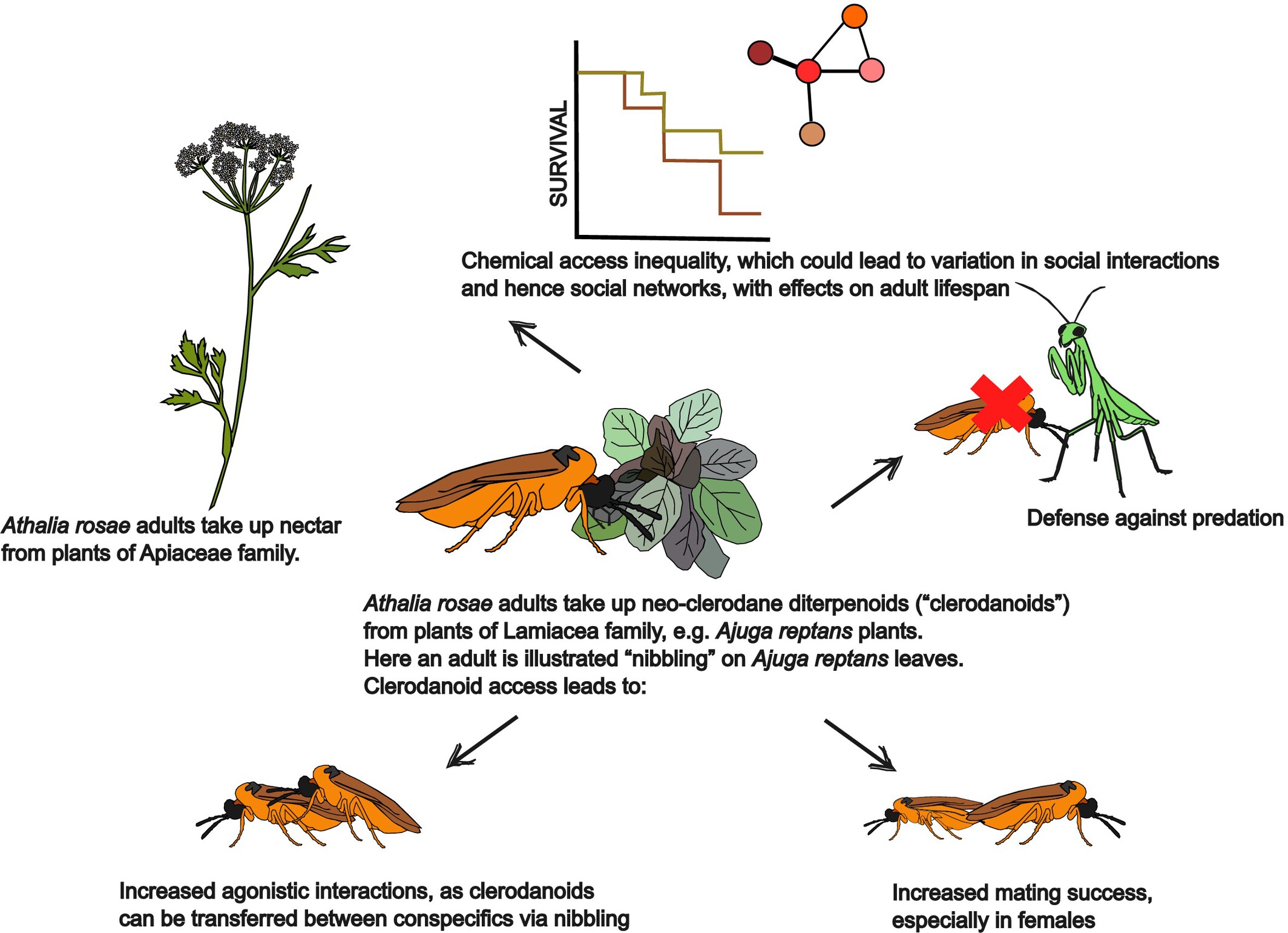
Insects interact with plants not only for nutrition but also to actively seek plant specialized metabolites (PSMs) for chemical defense, reproduction, and self-medication—a behavior known as pharmacophagy. This review examines how insects across diverse orders acquire PSMs from both food and non-food plants for non-nutritional benefits. We discuss its evolutionary and ecological drivers, costs, and intergenerational transfer, emphasizing interdisciplinary approaches. Understanding pharmacophagy provides insights into insect behavior, plant–insect interactions, and its potential applications in pest management and conservation.
ORIGINAL ARTICLE
Inter- and intraspecific variation in performance of thrips on Chrysanthemum accessions
- Pages: 674-683
- First Published: 24 April 2025

Fitness of pests on host plants can differ between populations and species. Frankliniella occidentalis (Thysanoptera: Thripidae) was collected at five locations in the Netherlands, and their genetic diversity was characterized, revealing the presence of both the glasshouse and lupin strain. The performance of these populations and of Thrips tabaci and Thrips parvispinus was assessed on Chrysanthemum accessions (Asteraceae) by evaluating larvae development. We found that the thrips populations differ in virulence, but some accessions exhibited resistance against all thrips species and populations tested.
Impact of light intensity on sugar maple leaf physical traits and consequences for caterpillar preference and performance
- Pages: 684-695
- First Published: 21 April 2025
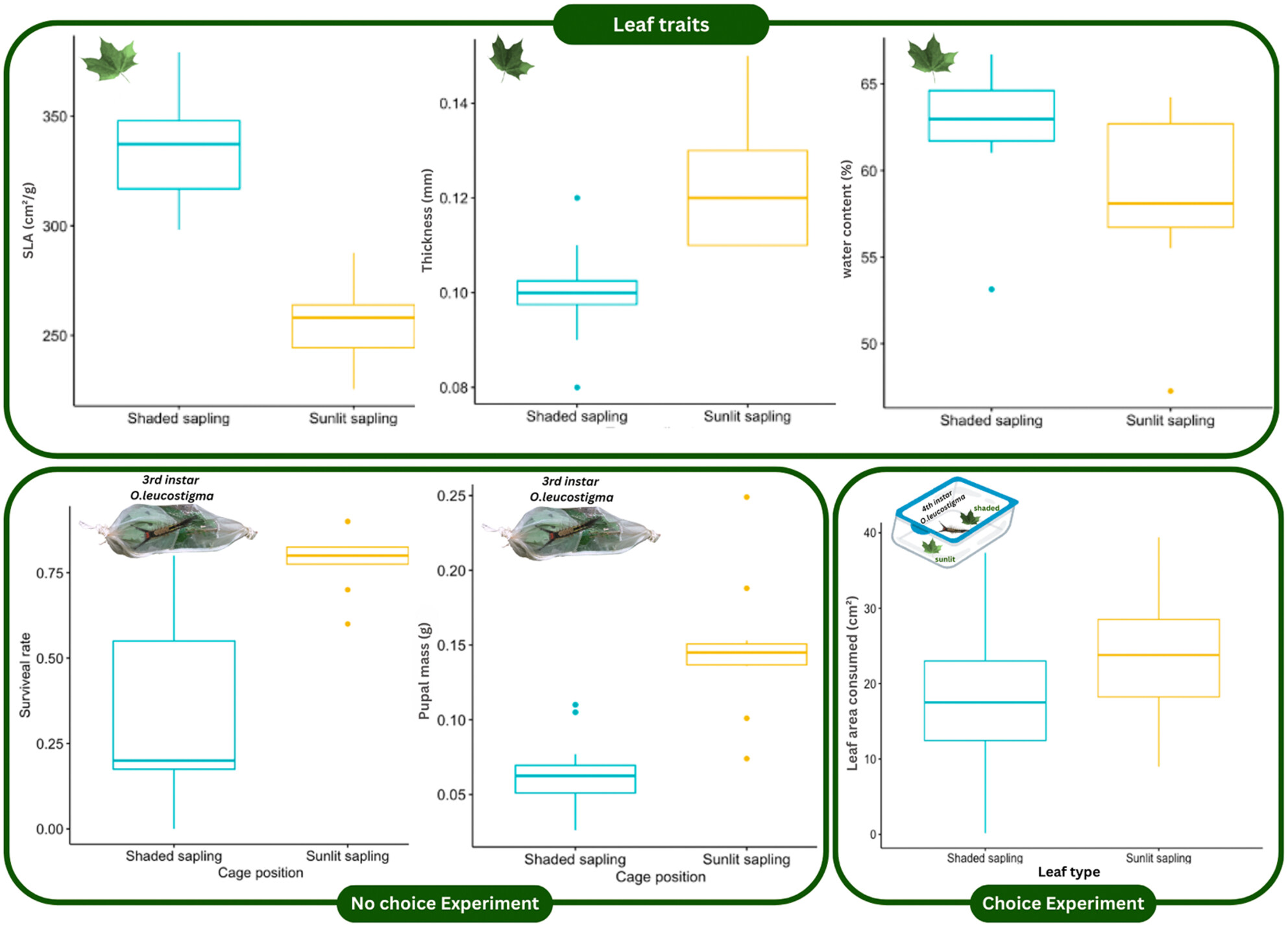
This study examines the effects of light intensity on sugar maple (Acer saccharum) leaf traits and interactions with insect herbivores. Leaves from sunlit saplings were thicker with lower specific leaf area, while caterpillar feeding preference and performance differed between species. Tussock moths showed a preference for sunlit leaves, with higher survival rates and pupal mass, whereas spongy moths showed no significant preference. These findings provide insights into how light influences plant physical defenses and herbivore dynamics in temperate forests.
Differential gene expression toward species of Aristolochia impairing the performance of the Troidini butterfly Battus polydamas
- Pages: 696-707
- First Published: 07 May 2025
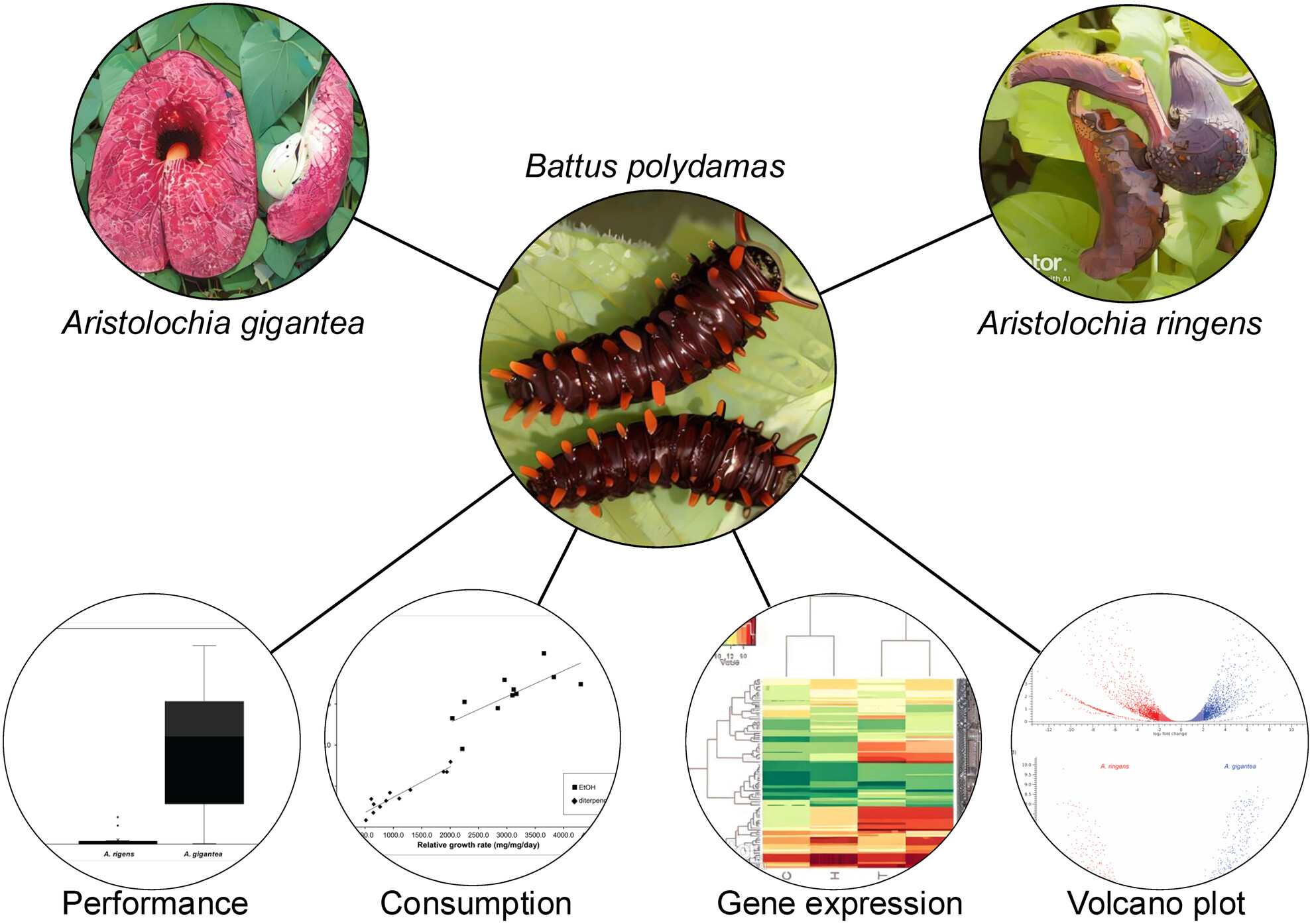
We studied the response of Battus polydamas (Papilionidae) larvae fed on Aristolochia ringens (containing several diterpenes) and Aristolochia gigantea (containing sesquiterpenes and acyclic monoterpenoids but no diterpenoids or aristolochic acids). We assessed larval performance on fitness components such as survival and differential gene expression in the gut and fat body tissues in response to the two host plants. The findings suggest that above a certain threshold, plant secondary metabolites are no longer beneficial for the larvae, disrupting their detoxification mechanism.
Transcriptional response in larvae of the generalist fruit fly Anastrepha obliqua feeding on three different tropical host plants
- Pages: 708-723
- First Published: 10 April 2025
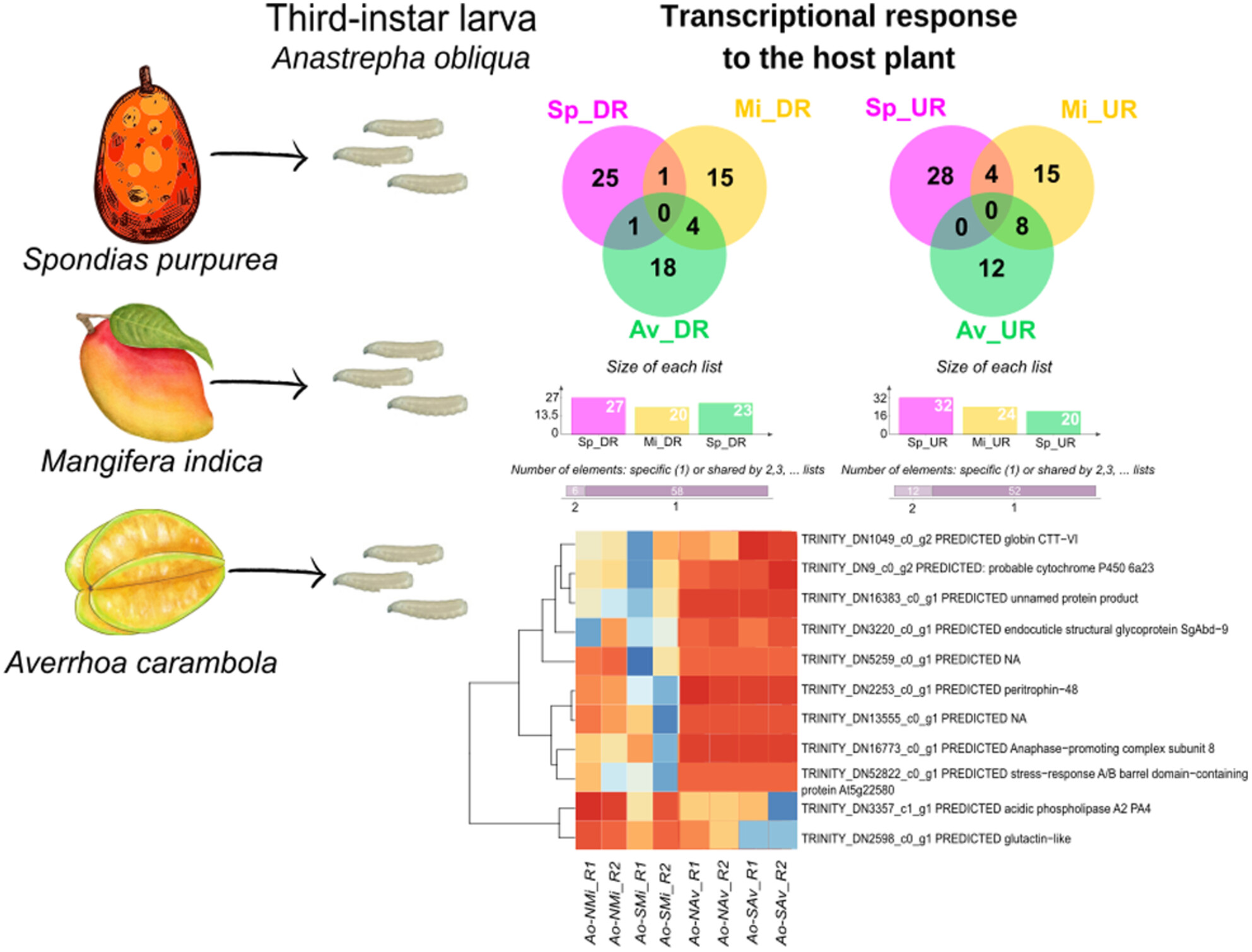
We investigated the molecular basis of host switching by the phytophagous West Indian fruit fly (A. obliqua). Third-instar larvae showed differential gene expression according to host plants: red mombin, mango, and carambola. The main gene categories differentially expressed were digestion, detoxification, and gene regulators. Flexibility in gene expression response may mark the difference between specialists and generalist phytophagous insects.
Dietary range varies among Aphis craccivora populations associated with different host plants: Insights into the alfalfa–cowpea aphid system in Spain
- Pages: 724-736
- First Published: 24 April 2025
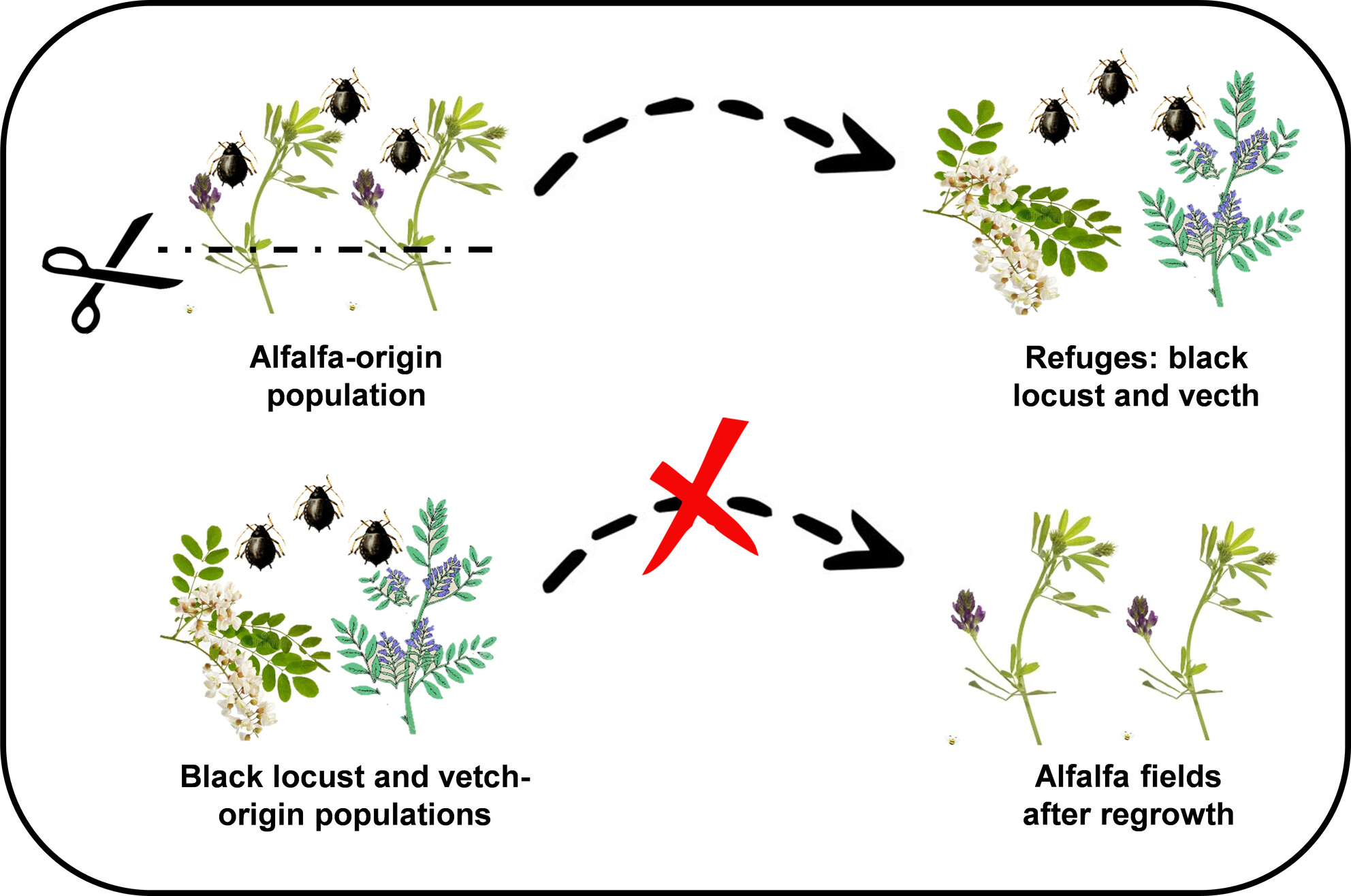
We conducted host specialization trials with three different Aphis craccivora populations. They revealed the generalist nature of the alfalfa-origin population, which thrived when shifted to both black locust and vetch. Conversely, populations originating from black locust and vetch showed high host specialization, performing poorly when shifted to alfalfa.
High levels of nitrogen fertilization enhance the fitness of the vector of corn stunt disease, Dalbulus maidis
- Pages: 737-746
- First Published: 22 April 2025
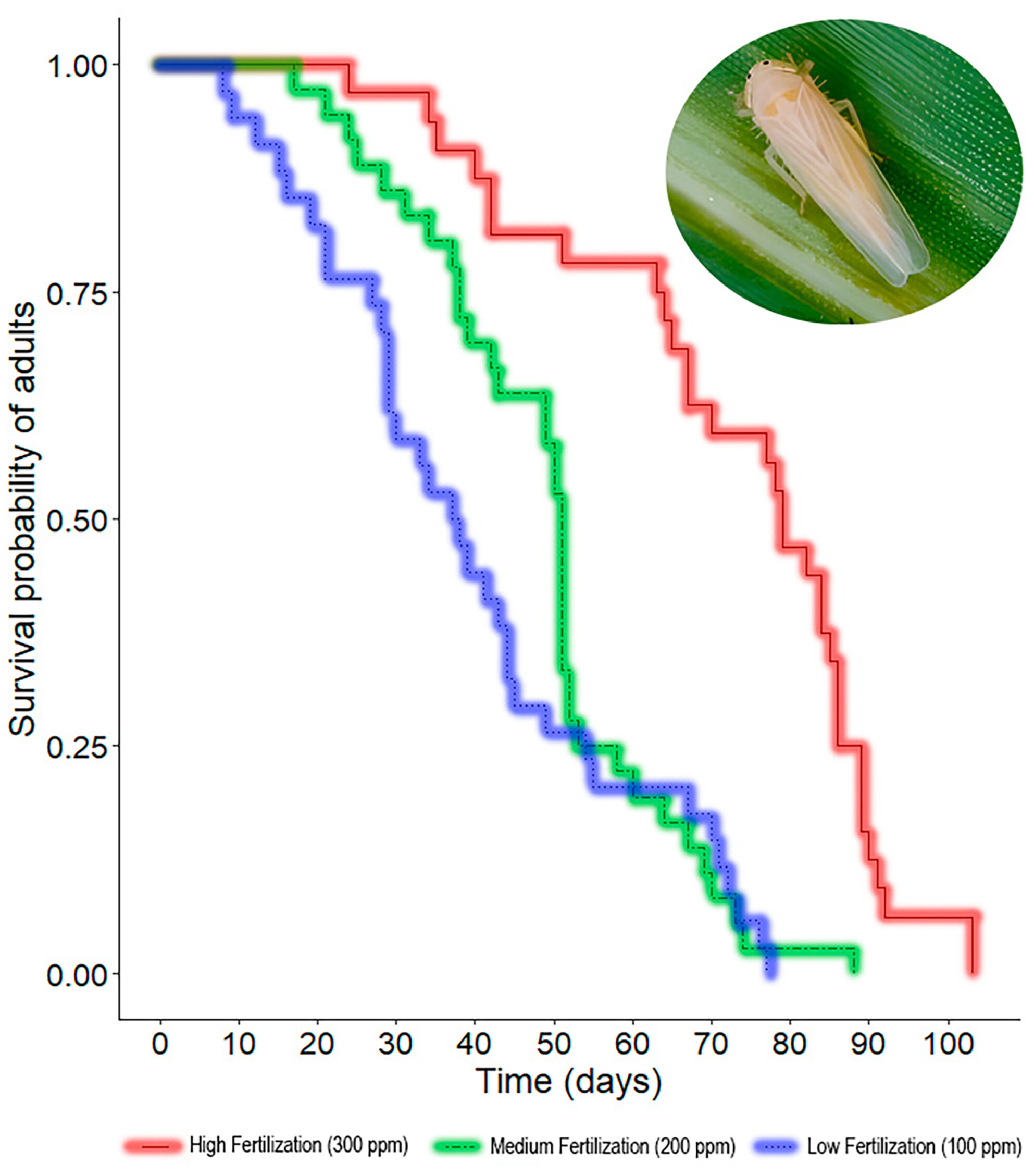
Nitrogen plays a fundamental role in plant life cycles and herbivore performance, but responses to nitrogen variations are complex, depending on insect feeding guilds. In modern agriculture, fertilizers are crucial for crop productivity. In this context, this study investigates the impact of nitrogen fertilization on maize on Dalbulus maidis, vector of the corn stunt disease. Results showed that higher nitrogen levels in corn enhance nymph survival and accelerate development; the same results occur in adults, which increased longevity and fecundity.
Correlated evolution of physiological and life history traits in phytochemical-tolerant Drosophila
- Pages: 747-755
- First Published: 13 March 2025
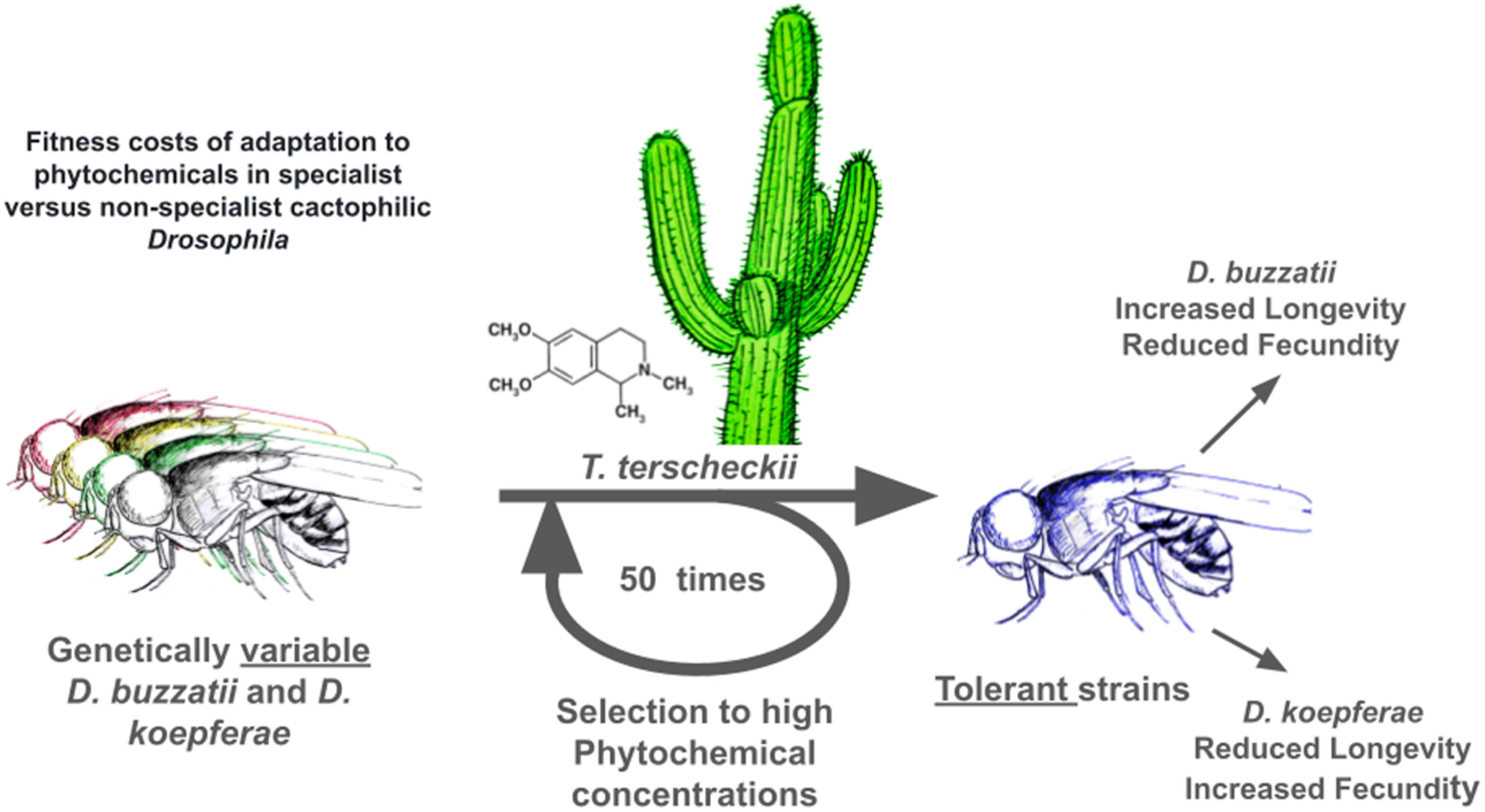
We investigated the correlated evolution of fitness-related traits in cactophilic species of Drosophila as an indirect response to adaptation to high concentrations of phytochemicals in their host plant. Tolerance acquisition indirectly affected longevity, basal metabolism, and starvation resistance. This correlated evolution was more evident in the generalist rather than the specialist species.
Within-generational but not cross-generational effects of host plant on Myzus persicae performance and preferences
- Pages: 756-766
- First Published: 02 May 2025
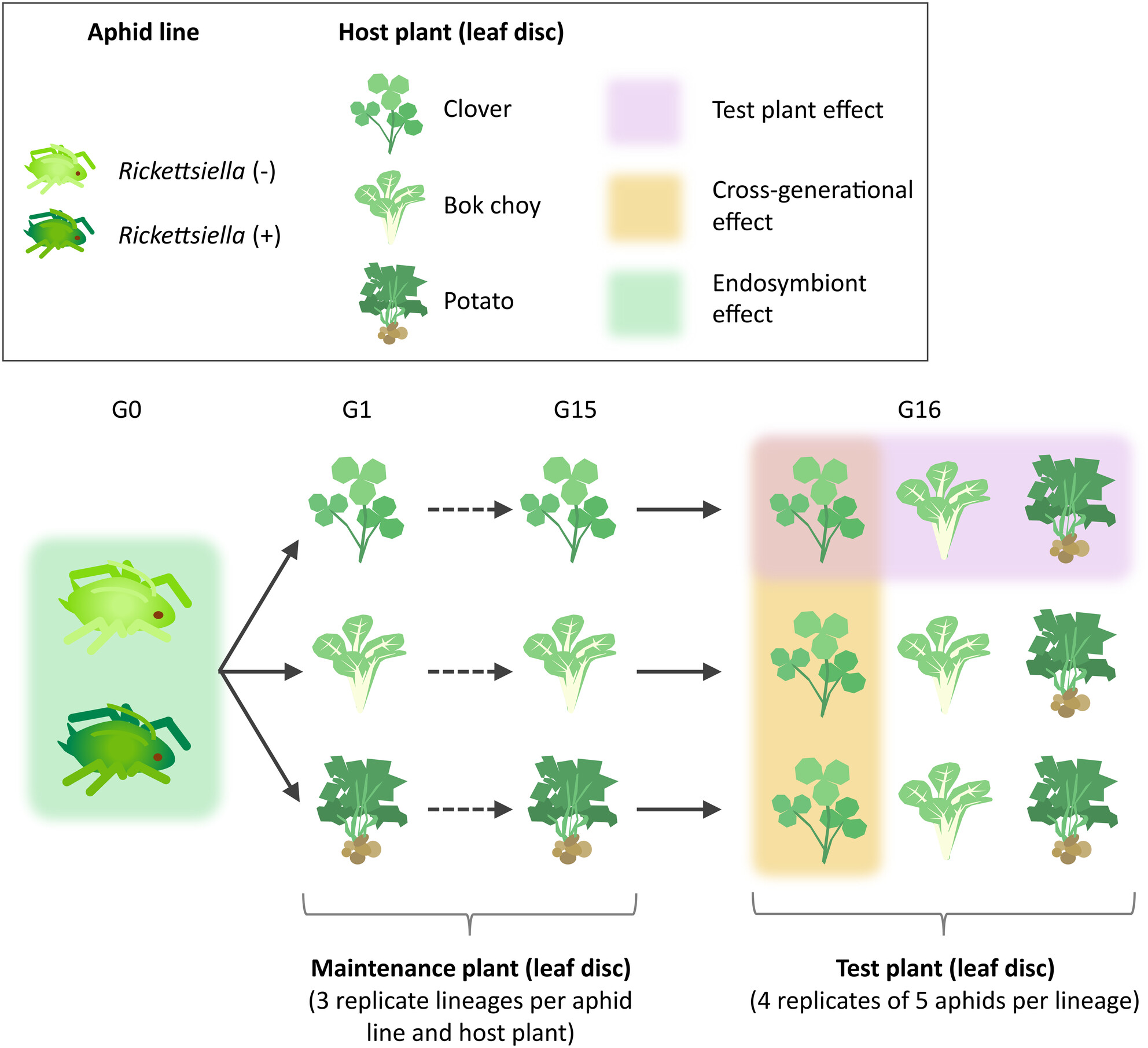
Green peach aphids (Myzus persicae) maintained on different host plants (bok choy, clover and potato) for 15 generations were evaluated on each host plant to understand the impacts of within-generational and cross-generational effects on their performance. We found that aphid fitness was mainly influenced by the host plant used for testing compared with cross-generational effects. This study highlights the adaptability of M. persicae to diverse host plants with implications for the use of endosymbionts in pest management.
Diversity of hoverflies and their floral visitation patterns in cultivated cucurbit crops in Morogoro, Tanzania
- Pages: 767-780
- First Published: 02 May 2025
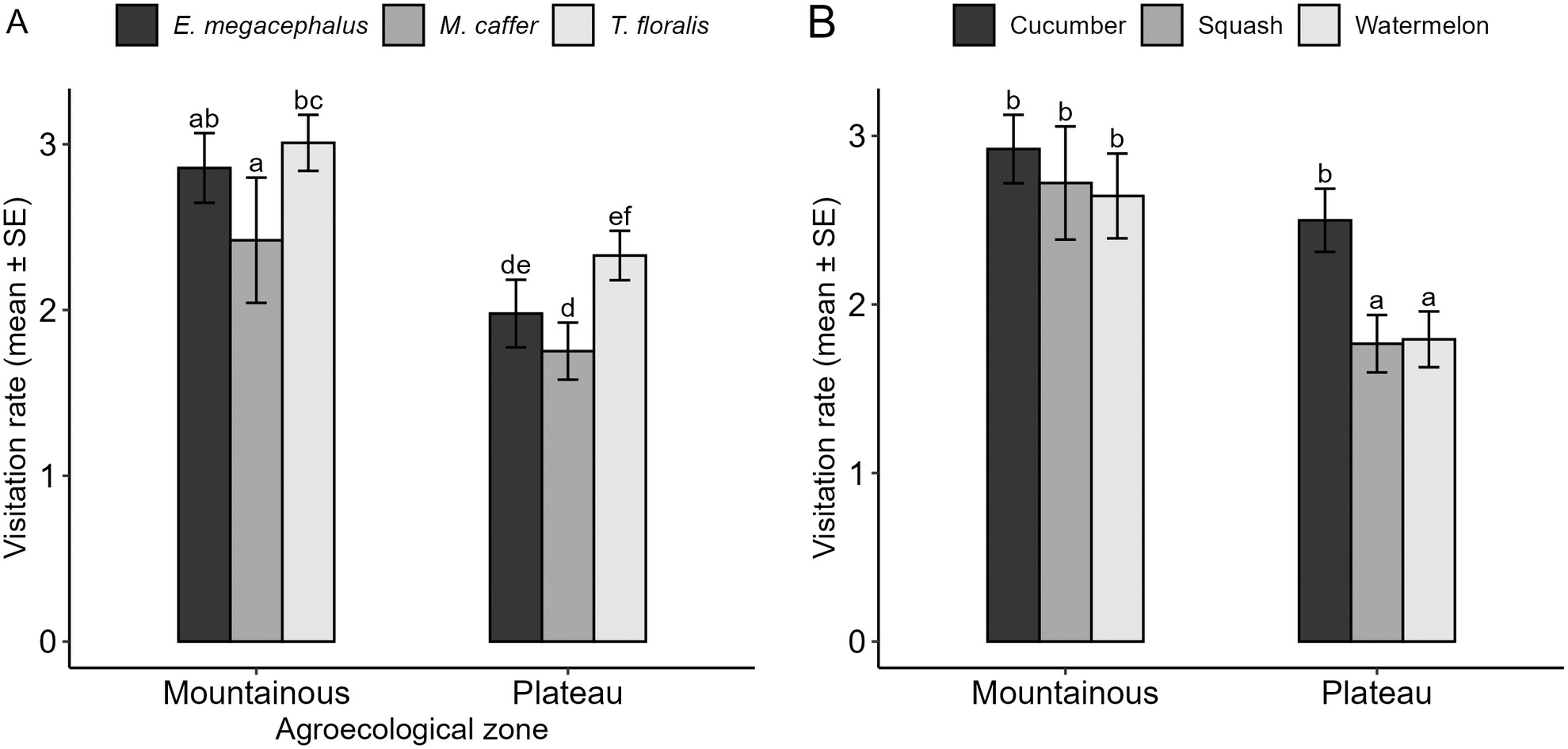
This study examines hoverfly diversity and foraging patterns in cucurbit crops (cucumbers, watermelons and squash) across mountainous and plateau zones in Morogoro, Tanzania. Recorded 801 hoverflies from 12 species, with Toxomerus floralis being the most frequent, followed by Eristalinus megacephalus and Mesembrius caffer. Hoverfly diversity and visitation rates were higher in the mountainous zone. Toxomerus floralis showed the longest foraging times. Seasonality did not affect foraging behaviour. Findings highlight the need for further research on hoverflies' role in cucurbit pollination.
Contribution of awns and hairy glumes in spring wheat to resistance against wheat midge, Sitodiplosis mosellana
- Pages: 781-793
- First Published: 10 May 2025
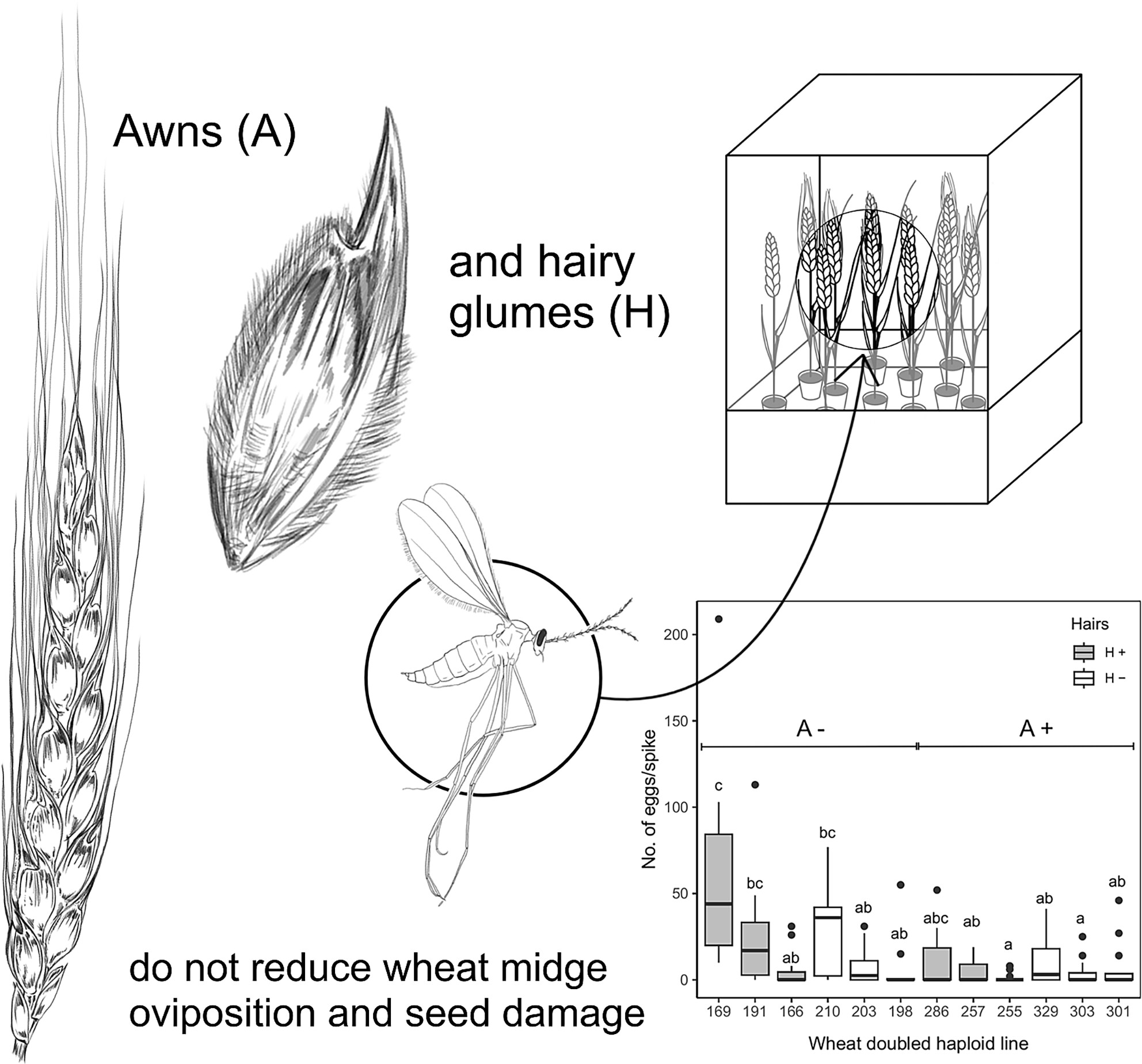
Wheat morphological traits had no consistent impact on Sitodiplosis mosellana oviposition. Differences in the number of eggs among doubled haploid wheat lines were not associated with the presence (A+) or absence (A−) of awns, or the presence (H+) or absence (H−) of hairs in controlled laboratory experiments and field trials.
Later instars of two poplar caterpillar species excrete higher nitrogen content in frass
- Pages: 794-801
- First Published: 06 May 2025
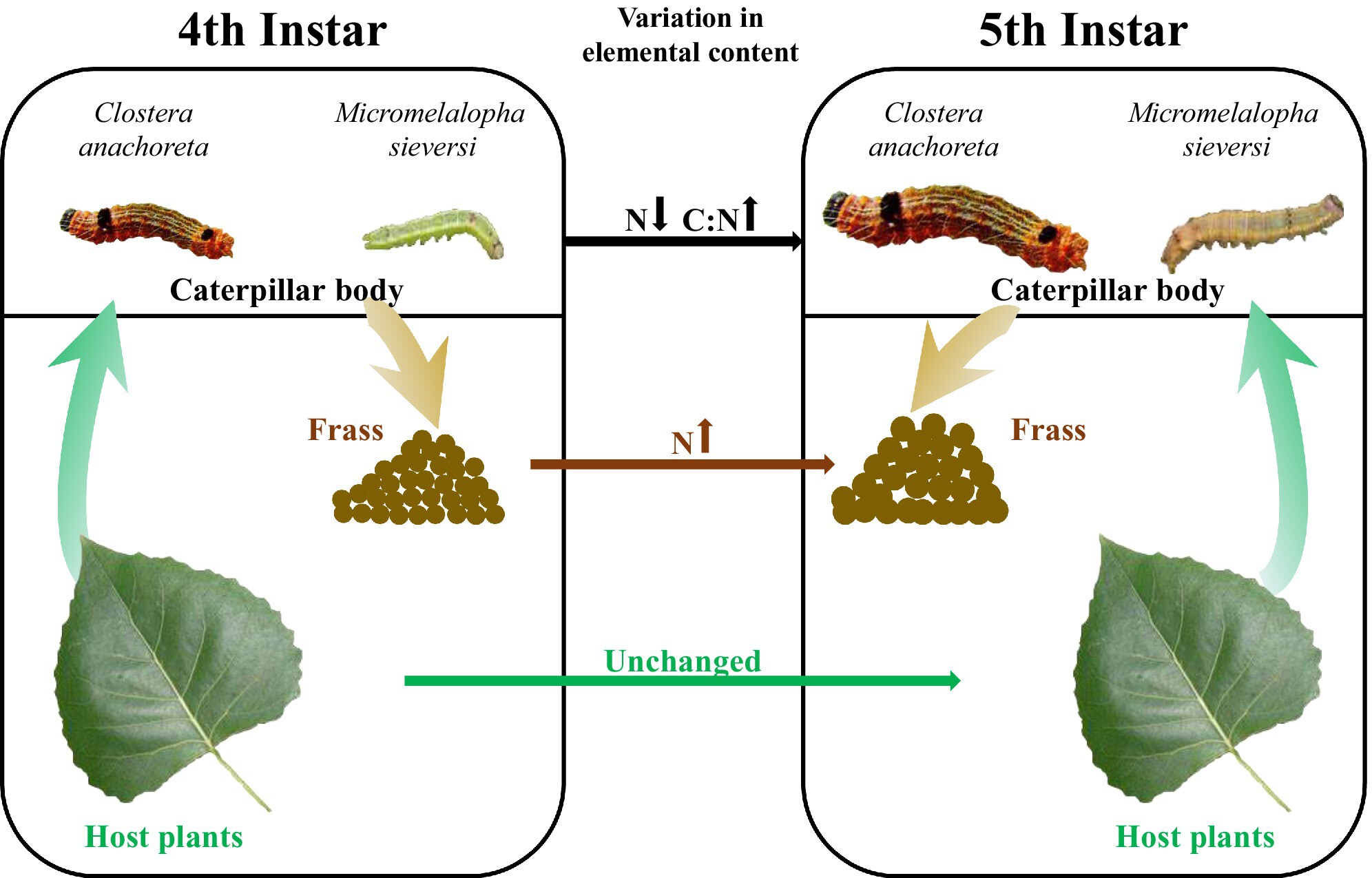
This study showed that as caterpillars of Micromelalopha sieversi and Clostera anachoreta develop, their body nitrogen content decreases, and the C:N ratio increases. Despite a constant elemental composition of host poplar plants, early-instar caterpillars experience greater nitrogen deficiency and maintain stoichiometric homeostasis by excreting excess nitrogen in later-instar stages. These findings suggest that changes in plant elemental composition owing to environmental changes significantly influence caterpillar performance, particularly in their early instars, and have implications for ecological stoichiometry research.
Effects of different hosts and ages on the diversity of larval gut bacteria in Tuta absoluta
- Pages: 802-814
- First Published: 24 May 2025
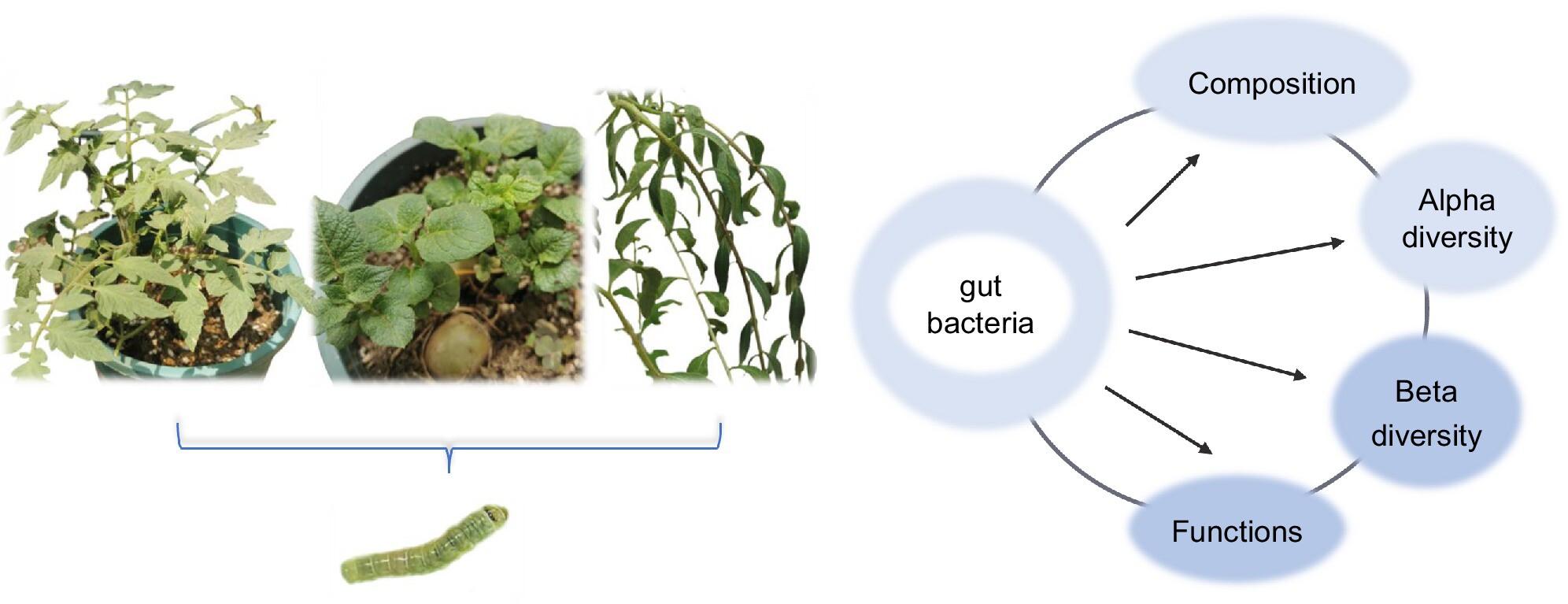
Tuta absoluta larvae fed on wolfberry and potato leaves exhibited the highest gut bacterial diversity and abundance, respectively. First-instar larvae feeding on potato and tomato leaves showed the highest gut bacterial diversity and richness, respectively. The gut bacteria of T. absoluta larvae play an essential role in food digestion and nutrient supply. Proteobacteria was the dominant gut bacterial phylum in first- to fourth-instar larvae. Enterobacter and Wolbachia were the dominant genera in fourth-instar larvae on tomato and other plants, respectively.




